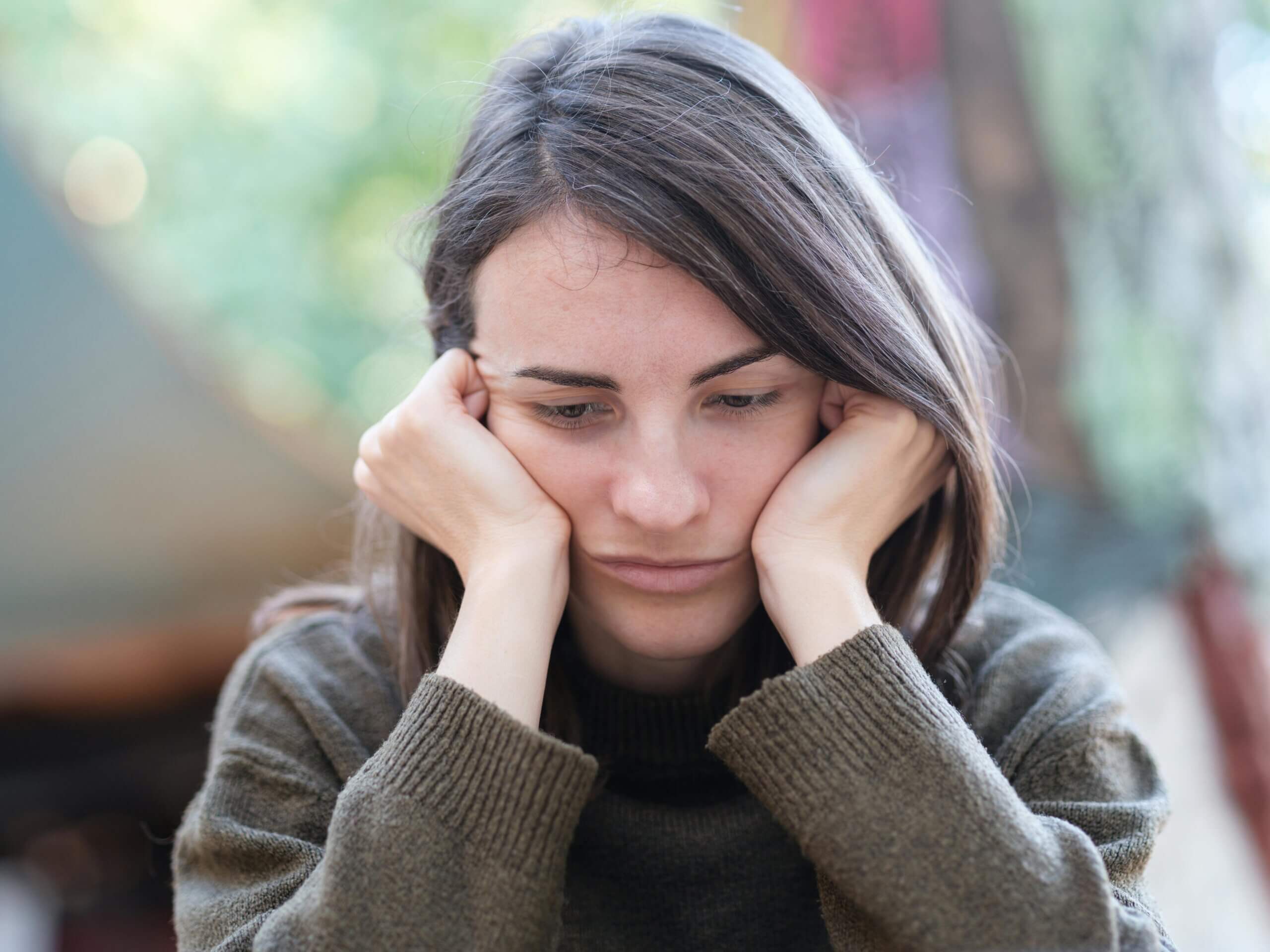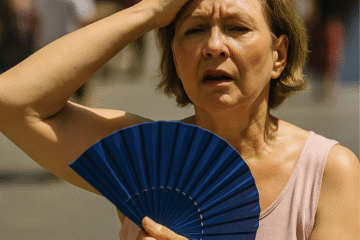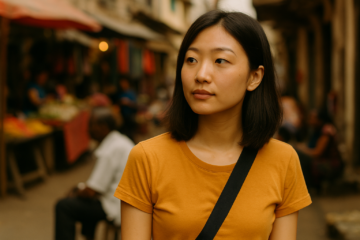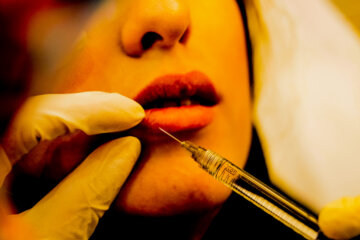Seasonal Affective Disorder: Tips and Insights
As the vibrant colors of autumn give way to the starkness of winter, many people relish the change in seasons. However, for approximately 5% of adults in the United States, the transition brings more than just colder temperatures and shorter days—it triggers Seasonal Affective Disorder (SAD)1. This means that about 10 million Americans experience SAD each year. Additionally, another 10% to 20% may have mild SAD2. This blog explores the experiences of those affected by SAD, delving into how living environments, relationship status, the holiday season, and even traveling can influence and alleviate symptoms.
Understanding Seasonal Affective Disorder
Seasonal Affective Disorder is a type of depression that follows a seasonal pattern, typically emerging in late fall and persisting through winter. Symptoms often improve with the arrival of spring and increased daylight. SAD affects about 1 in 20 people in the United States, with women being four times more likely to be diagnosed than men3. The average age of onset is between 18 and 30 years old4.
Common Symptoms
- Persistent Low Mood: Feeling depressed most of the day, nearly every day.
- Loss of Interest: Diminished interest in activities once enjoyed.
- Low Energy: Fatigue and decreased energy levels.
- Sleep Disturbances: Oversleeping occurs in up to 80% of people with SAD5.
- Changes in Appetite: Craving carbohydrates or overeating, leading to weight gain; approximately 65% of individuals with SAD report increased appetite6.
- Difficulty Concentrating: Trouble focusing on tasks or making decisions.
- Social Withdrawal: Avoiding social interactions and activities.
Living Environments: Big City vs. Rural Areas

Urban Challenges
Approximately 80% of the U.S. population lives in urban areas7. While cities offer numerous amenities, urban environments can exacerbate SAD symptoms for some individuals. Tall buildings may block natural sunlight, and the hustle and bustle can lead to increased stress levels. A study found that urban dwellers have a 39% higher risk of mood disorders compared to those living in rural areas8.
Rural Reflections
Rural areas, home to about 20% of the population, offer more open spaces and opportunities to connect with nature7. Access to natural daylight and outdoor activities can help mitigate SAD symptoms. However, rural residents may face challenges such as limited access to mental health services; nearly 60% of rural Americans live in areas with mental health professional shortages9.

The Impact of Being Single
Being single can influence how one experiences SAD. According to the U.S. Census Bureau, about 45% of adults are unmarried10. Without a partner to share the challenges of the season, feelings of loneliness may intensify. A study indicated that single individuals have a 29% higher risk of developing depressive symptoms compared to married individuals11. Social support plays a crucial role in mental health, and singles might need to make extra efforts to stay connected.
The Holiday Season Paradox
The holiday season is often portrayed as a time of joy and celebration. However, for those with SAD, it can be a double-edged sword. The American Psychological Association reports that 38% of people say their stress increases during the holiday season12. Financial pressures affect 62% of individuals during the holidays, and 50% report that they feel pressured to be happy when they’re not13. For individuals with SAD, these stresses can amplify depressive symptoms.
How Traveling Can Improve SAD

Seeking the Sun
Traveling to sunnier destinations during the winter months can be an effective way to combat SAD symptoms. Exposure to natural sunlight boosts serotonin levels, improves circadian rhythms, and enhances overall mood14. A study found that people who spent a week in a sunny location during winter experienced a 35% reduction in depressive symptoms15.
Breaking Routine
Approximately 71% of people report that taking a vacation improves their motivation and 73 % reported more productive16. Traveling disrupts daily routines, which can help break the cycle of negative thoughts associated with depression. Exploring new places and cultures stimulates the mind and can reignite a sense of excitement and joy.
Social Connections on the Road
Traveling presents opportunities to meet new people and forge connections. Social interactions have been shown to reduce feelings of isolation and can decrease depression symptoms by up to 30%17.
October’s Global Embrace: A Journey Through Autumn’s Best Destinations
Coping Strategies for Managing SAD
In addition to professional treatment, several strategies can help manage SAD symptoms:
Maximize Natural Light Exposure
- Spend Time Outdoors: Aim for at least 30 minutes of daylight exposure daily. Studies show that even a brief walk outside can improve mood by 20%18.
- Optimize Indoor Lighting: Keep curtains open and sit near windows when indoors.
Maintain a Healthy Lifestyle
- Regular Exercise: Physical activity can reduce symptoms of depression by 25% to 30%19.
- Balanced Diet: Focus on nutrition-rich foods and limit excessive carbohydrates.
- Consistent Sleep Schedule: Maintaining regular sleep patterns helps regulate circadian rhythms.
Stay Connected
- Social Interaction: Engaging with friends and family can reduce depression risk by 40%20.
- Community Involvement: Joining clubs or volunteer work enhances social support networks.
Consider Light Therapy
- Phototherapy Lamps: Using light therapy devices has been effective for up to 85% of SAD patients21. Treatment typically involves sitting in front of a light box emitting 10,000 lux for about 30 minutes each morning.
Plan a Winter Getaway
- Travel Plans: Scheduling trips to sunnier locations during peak SAD months can alleviate symptoms.
- Staycations: Exploring local attractions or nearby natural settings can also be beneficial.
When to Seek Professional Help
If SAD symptoms significantly impact daily life, work, or relationships, it’s crucial to consult a healthcare professional. Treatments may include:
- Cognitive Behavioral Therapy (CBT): Effective in reducing SAD symptoms by 50% to 60%22.
- Medication: Antidepressants may be prescribed to balance neurotransmitters. SSRIs are effective in about 60% to 70% of patients with SAD23.
- Light Therapy: Supervised use of light boxes under professional guidance.
Conclusion
Seasonal Affective Disorder is a complex condition affecting millions of people. By understanding its impact and implementing coping strategies—like maximizing light exposure, staying socially active, and even traveling—individuals can better manage their symptoms. Remember, seeking support is a sign of strength, and help is available to navigate the challenges of SAD.
If you or someone you know is struggling with symptoms of SAD, please reach out to a mental health professional for support.
References
- American Psychiatric Association. (2017). What Is Seasonal Affective Disorder?
- Cleveland Clinic. (2021). Seasonal Depression (Seasonal Affective Disorder).
- Melrose, S. (2015). Seasonal Affective Disorder: An Overview of Assessment and Treatment Approaches. Depression Research and Treatment, 2015, Article ID 178564.
- National Institute of Mental Health. (2022). Seasonal Affective Disorder.
- Magnusson, A., & Partonen, T. (2005). The diagnosis, symptomatology, and epidemiology of seasonal affective disorder. CNS Spectrums, 10(8), 625–634.
- Wehr, T. A., Giesen, H. A., Schulz, P. M., Anderson, J. L., & Turner, E. H. (1991). Sleep and circadian rhythms in affective patients isolated from external time cues. Psychiatry Research, 36(2), 97–118.
- United States Census Bureau. (2016). New Census Data Show Differences Between Urban and Rural Populations.
- Peen, J., Schoevers, R. A., Beekman, A. T., & Dekker, J. (2010). The current status of urban–rural differences in psychiatric disorders. Acta Psychiatrica Scandinavica, 121(2), 84–93.
- Health Resources & Services Administration. (2024. Designated Health Professional Shortage Areas Statistics.
- U.S. Census Bureau. (2020). America’s Families and Living Arrangements.
- Sbarra, D. A., & Nietert, P. J. (2009). Divorce and death: Forty years of the Charleston Heart Study. Psychological Science, 20(1), 107–113.
- American Psychological Association. (2006). Stress increases during holidays.
- National Alliance on Mental Illness. (2014). Mental Health and the Holiday Blues Survey.
- Lam, R. W., & Levitan, R. D. (2000). Pathophysiology of seasonal affective disorder: A review. Journal of Psychiatry & Neuroscience, 25(5), 469–480.
- Oren, D. A., & Rosenthal, N. E. (1992). Seasonal affective disorders and phototherapy: A review. Psychiatric Annals, 22(3), 143–147.
- American Psychological Association. (2018). Vacation Time Recharges US Workers, but Positive Effects Vanish Within Days, New Survey finds.
- Cruwys, T., Dingle, G. A., Haslam, C., Haslam, S. A., Jetten, J., & Morton, T. A. (2013). Social group memberships protect against future depression, alleviate depression symptoms and prevent depression relapse. Social Science & Medicine, 98, 179–186.
- Kerr, J., Marshall, S. J., Godbole, S., et al. (2012). The relationship between outdoor activity and health in older adults using GPS. International Journal of Environmental Research and Public Health, 9(12), 4615–4625.
- Schuch, F. B., Vancampfort, D., Richards, J., et al. (2016). Exercise as a treatment for depression: A meta-analysis adjusting for publication bias. Journal of Psychiatric Research, 77, 42–51.
- Holt-Lunstad, J., Smith, T. B., & Layton, J. B. (2010). Social relationships and mortality risk: A meta-analytic review. PLoS Medicine, 7(7), e1000316.
- Golden, R. N., Gaynes, B. N., Ekstrom, R. D., et al. (2005). The efficacy of light therapy in the treatment of mood disorders: A review and meta-analysis of the evidence. American Journal of Psychiatry, 162(4), 656–662.
- Rohan, K. J., Roecklein, K. A., Tierney Lindsey, K., Johnson, L. G., & Lacy, T. J. (2007). A randomized controlled trial of cognitive-behavioral therapy, light therapy, and their combination for seasonal affective disorder. Journal of Consulting and Clinical Psychology, 75(3), 489–500.
- Partonen, T., & Lönnqvist, J. (1998). Bright light improves vitality and alleviates distress in healthy people. Journal of Affective Disorders, 48(2-3), 125–132.




0 Comments